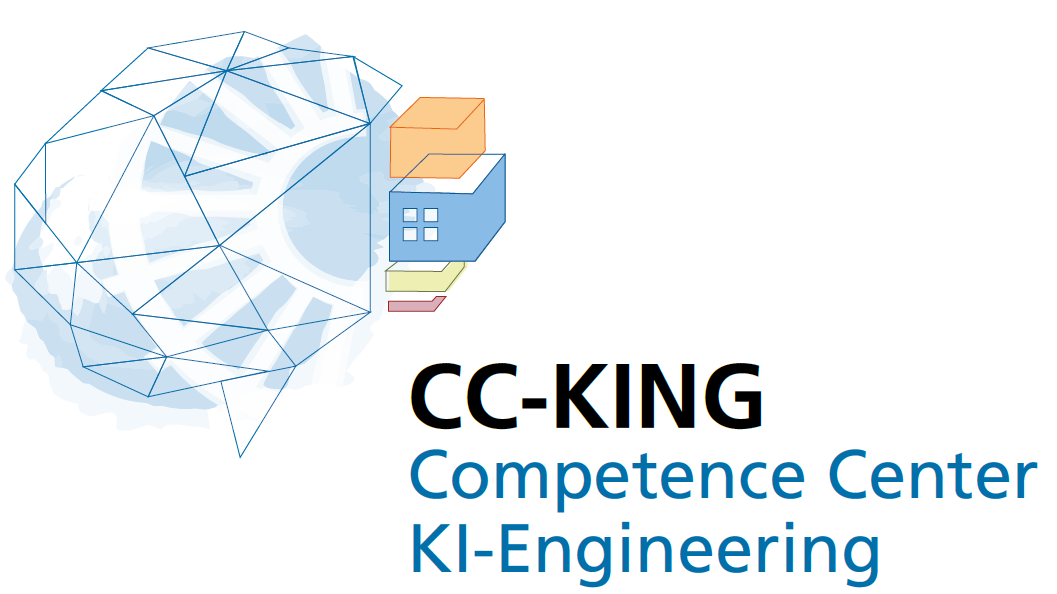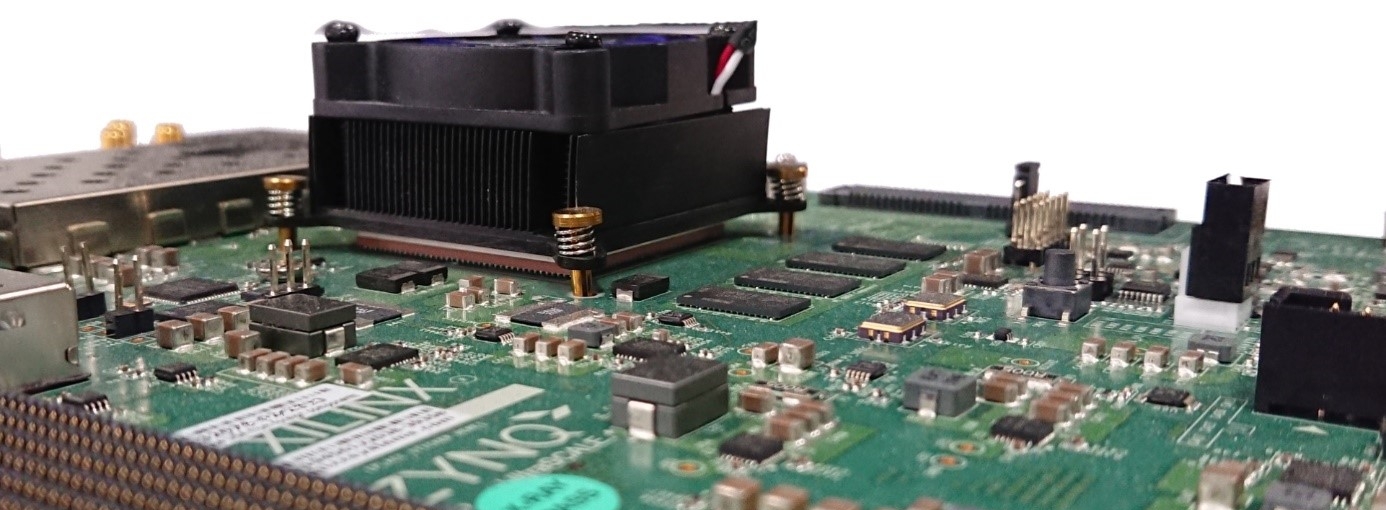“The co-design between traditional FPGA descriptions, high-level synthesis and the integration of neural networks as well as application layers is one of our core competencies that shall be further strengthened. During the QuickCheck, we were able to discuss these topics with the colleagues from the CC-KING competence center. In the TransferCheck we intensified the discussion and succeeded in opening up new research questions and tasks; this not only helps us to maintain our innovative strength and international competitiveness,” explains Sören Heß, Head of Development at PLC2 with regard to the cooperation with CC-KING. |
PLC2: Efficient AI Edge Systems for Autonomous Driving
NASSoC-Generator, ROS2KI-Box and KI-DataPipe used in a TransferCheck
Sebastian Reiter has already accompanied PLC2 in the QuickCheck and performed the TransferCheck.
Mr. Reiter, how did the TransferCheck with PLC2 start?
During the QuickCheck with PLC2, general trends in automated driving and in particular, approaches and challenges in the use of artificial neural networks (ANN) were discussed. Using the test vehicles at FZI as example, dedicated solutions and current trends were discussed. PLC2's expertise with FPGA technologies from Xilinx Inc. and with (Multiprocessor) System on a Chip ((MP)SoC) architectures drove the discussion in the direction of the design and deployment of ANN on heterogeneous platforms. These discussions were intensified in the TransferChecks and solutions from the CC-KING competence center were applied.
What tools did you use?
We mainly used the Neural Architecture Specific System-on-a-Chip (NASSoC) Generator. This tool facilitates the development and integration of HW-accelerated architectures into SoC platforms. It represents the generalization of the NeMoH approach. Together with PLC2, the co-design between FPGA-based SoC designs, the integration of neural networks as well as application layers, such as the Robot Operating System (ROS), was discussed. The goal of the discussion was the improvement of existing products in the data logging area. The discussion was supported by the inclusion of the ROS2KI-Box and KI-DataPipe, which demonstrate the efficient use of ROS.
How does the company benefit from the TransferCheck?
PLC2 was able to gain detailed insights into current research topics and tools. Together, it was possible to relate expertise from PLC2, for example with Vitis AI and the Versal architecture, with current research trends and to identify further research challenges. These resulted in a joint research project: "Energy-saving edge electronics for traffic control" with other partners from industry and science. The aim of the project is to reduce the considerable energy requirements of future smart city infrastructures by shifting AI-based sensor data processing from cloud to edge systems. Especially, questions regarding the (energy-) efficient execution of ANN on application-specific edge systems were stimulated by the TransferCheck and discussed expertise such as the data logging and accelerator platforms can be brought into the project.
 Competence Center AI Engineering
Competence Center AI Engineering